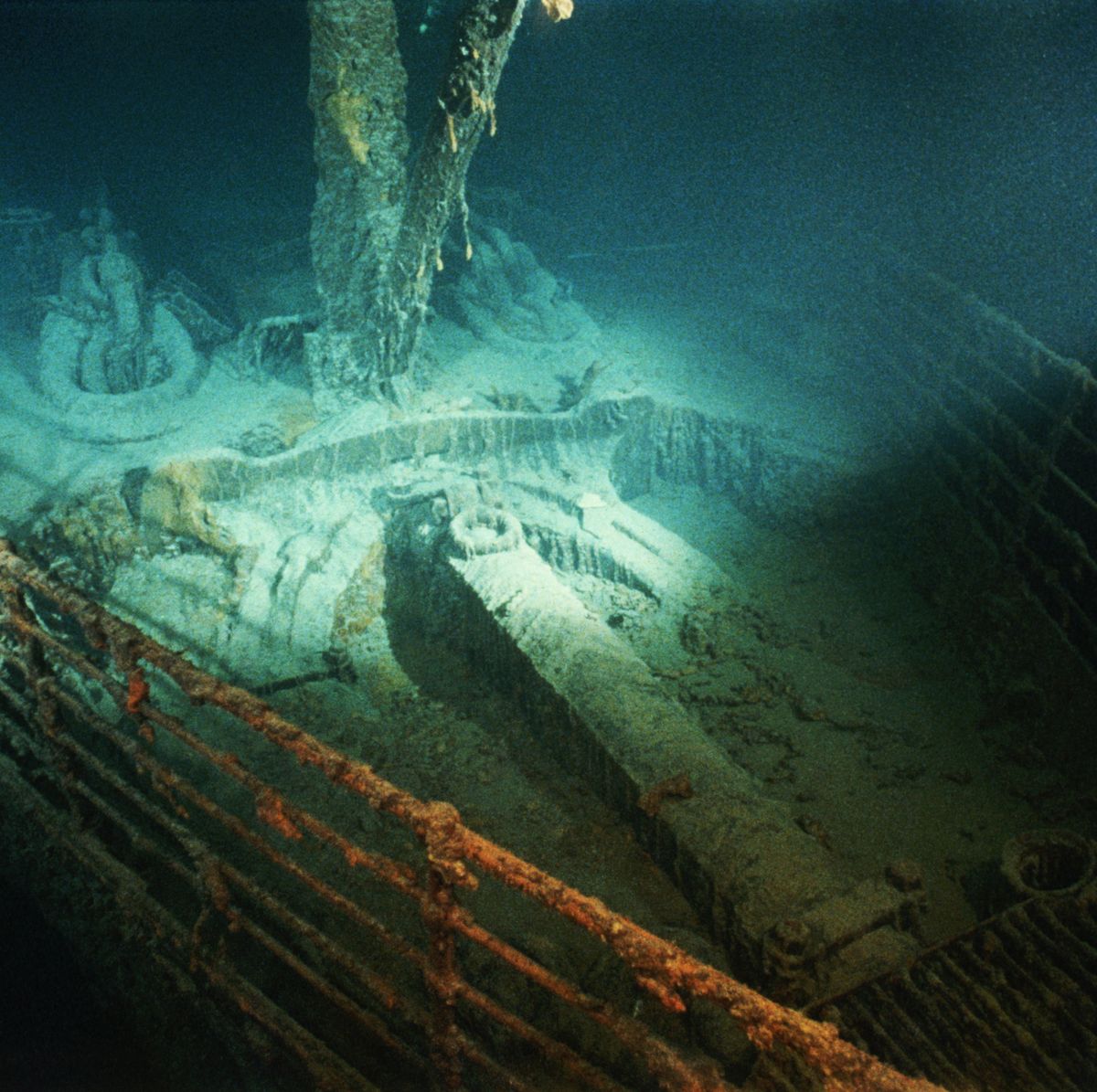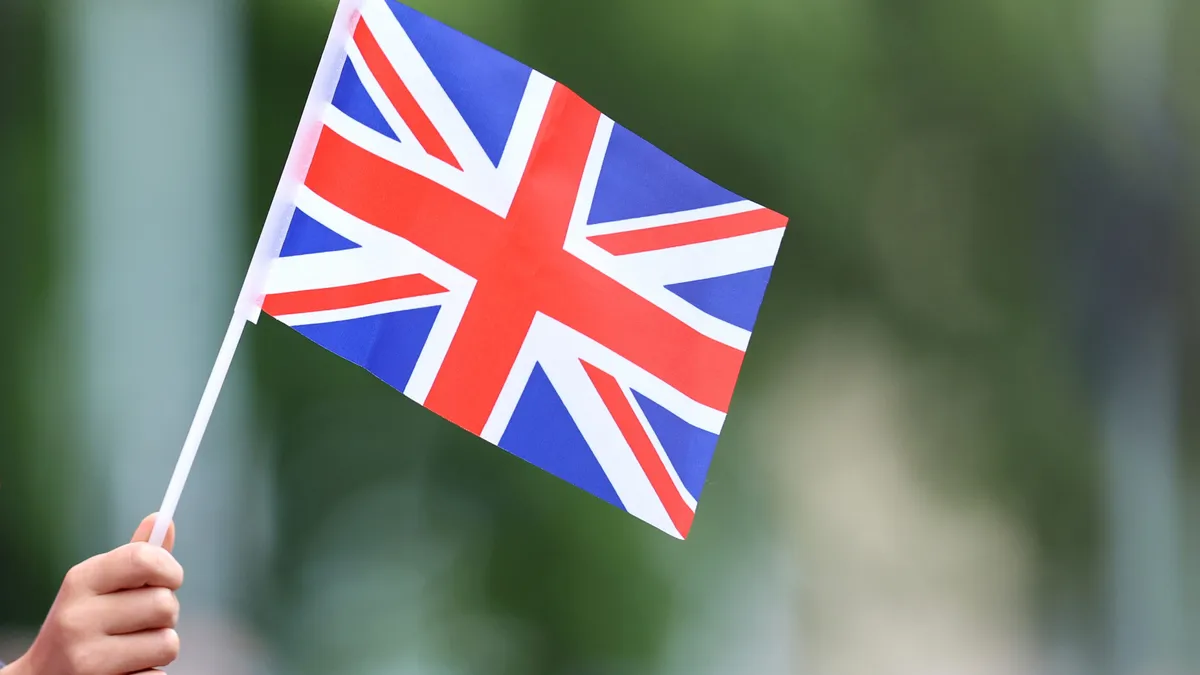By Tim Newcomb
Copyright popularmechanics

Here’s what you’ll learn when you read this story:Greece’s Ministry of Culture approved a tricky diving mission that allowed the recovery of select artifacts from the sunken Britannic, the sister ship of the Titanic.The ship, which sunk off the coast of Greece after striking a German mine during World War I, sits about 400 feet below the ocean’s surface.Recovered items include the lookout bell and luxurious Turkish bath tiles. Diving nearly 400 feet into the ocean off the coast of the Greek island of Kea, a team of 11 navigated the sunken Britannic, the sister ship of the Titanic. In doing so, they retrieved a trove of artifacts, despite the strong current and poor visibility. The team wasn’t able to grab every item they were after, due to the state of decay of the vessel and artifacts it houses. But the ship’s lookout bell and port navigation lamp came to the surface in secure lift bags, along with ceramic tiles from the onboard Turkish bath, silver-plated first-class trays and a pair of items from the second-class cabins: a passenger’s binoculars and a porcelain sink, according to a report from the Greek-language Kathimerini. Britannic, a slightly larger and newer sister ship of the Titanic, launched in 1914 as a White Star Line’s Olympic-class luxury cruise liner, and was converted into a hospital ship for the British Royal Navy during World War I. While traveling to a hospital on the Greek island of Lemnos in November 1916, the ship hit a German mine off the coast of Kea. Less than an hour later, the Britannic had fully sunk. Tragically, thirty of the 1,065 people on board died when two lifeboats were sucked into the ship’s still-moving propellers. The location of the wreck—about 45 miles southeast of Athens in the Aegean Sea—in deep and tumultuous waters have made the site’s exploration tricky, open only to specialist divers. Under approval from Greece’s Ministry of Culture, the 11-member multinational team used closed-circuit rebreathers to reach the Britannic, aiming for specific items during a weeklong effort this past spring.But reaching the sunken ship was just the beginning of the difficulties. The divers had navigate tight quarters, in some cases with extremely fragile conditions. This, in addition to the aforementioned strong currents and poor visibility due to the depths to which they dove, made it impossible to retrieve all of the items they had hoped to resurface. Each item they did recover was placed in a lift bag, and then a protective container, and immediately cleaned of grime from over 100 years underwater. Once brought to shore, the Kea Police Department provided secure storage, and the items were then taken to the conservation laboratories at the Department of Underwater Antiquities in Athens as teams prepare them for display at the under-construction National Museum of Underwater Antiquities in Piraeus. A planned World War I exhibit will feature the Britannic’s recovered items at the center.



